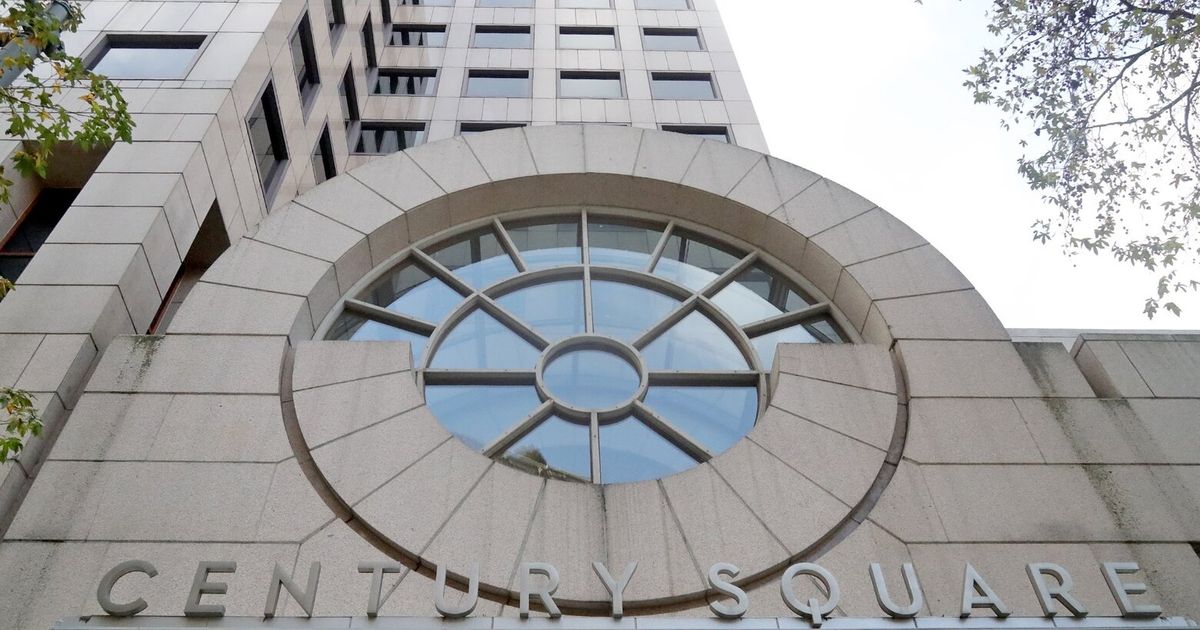Net-zero emissions and green hydrogen are often mentioned together these days. At present, less than 1% of the hydrogen being produced is green, and that too in demonstration projects. Globally, about 70 million tonnes (mt) of hydrogen are being produced primarily through the steam methane reformation (SMR) process — releasing, according to the International Energy Agency (IEA), 830 mt of carbon dioxide (CO2) annually. Decarbonising the industrial sector and long-distance road transport, aviation, and shipping would be impossible unless green hydrogen is available.

Green hydrogen is difficult to produce because of several factors. First, producing each kilogram needs 50 units of power, with a 70% efficiency of electrolysers (as per an estimate by TERI). The International Renewable Energy Agency (IRENA) estimates that to achieve the Paris targets, 30% of the world’s electricity use will have to be dedicated to green hydrogen by 2050; an electrolyser capacity of 5,000 gigawatts (GW) would be needed. India is targeting to produce five mt of green hydrogen by 2030, and this alone would require 125 GW of renewable power. Further, we need renewable power delivered to the electrolyser through a dedicated line. One can’t draw from the grid since this is expensive and has a high carbon intensity. Second, each kilogram of green hydrogen would require about nine litres of water, which could be an issue in water-deficit areas. Third, storage is a problem as hydrogen is inflammable and can escape easily. Ideally, it should be transported through pipelines over long distances (this is very capital-intensive). But, given its properties, hydrogen makes the pipelines brittle over time, leading to cracks. For short distances, transportation through trucks is a viable option. Transport by sea would require port infrastructure for storing and re-gasification. Incidentally, hydrogen can be blended with natural gas to an extent, and transported using natural gas pipelines. Fourth, hydrogen has very low density, hence it requires a large storage capacity unless the gas is converted to liquid form. Converting to liquid form would need temperatures of around 253 C below zero. All of this, again, requires a lot of energy that must be drawn from renewable sources.
Coming to the economics, green hydrogen costs $4-6/kg today — about three times the cost of grey hydrogen, made from natural gas via SMR. The two main components of the cost are electrolysers and renewable energy. There are primarily two types of electrolysers, alkaline and polymer electrolyte membrane (PEM). Though alkaline electrolysers are cheaper, PEMs have certain advantages — a smaller carbon footprint, for instance. PEMs can also be ramped up quickly to deliver hydrogen at a higher output pressure. The manufacture of PEM electrolysers, however, needs expensive catalyst materials. The cost of electrolysers can only come down when they are manufactured in bulk which, in turn, will happen only when the price of green hydrogen seems competitive vis-à-vis grey.
The government has earmarked ₹19,750 crore (~$2.3 billion) for the Green Hydrogen Mission. The lion’s share (89%) will incentivise electrolyser manufacturing and production of green ammonia and green hydrogen. Research and development gets a mere 2% and pilot projects 7%. Green hydrogen costs $4-6/kg while grey costs $2-2.5/kg. The current incentives are unlikely to bridge the gap. These incentives should have been devised so as to bring green hydrogen’s price to somewhere near grey’s. The government probably should also introduce a fiat forcing certain end-users to adopt green hydrogen. But this would lead to an immediate increase in the cost of fertilisers.
In the case of electrolyser manufacturing, the incentives reduce the cost of electrolysers by barely 10%, which is not enough. Electrolyser manufacturers, after all, will need to have a back-to-back arrangement for sale to claim the incentives. The scheme is designed to support the manufacture of electrolysers totalling only 1.5 GW whereas the requirement is close to 40 GW if the 5 mt target is to be met. Besides, given how the scheme has been drafted — to illustrate, giving more weightage to “increase in indigenisation” while deciding on the winning tender — India will find it difficult to become a global hub for electrolysers. Also, this will promote the manufacture of alkaline electrolysers since PEM electrolysers need rare earth minerals that have to be imported.
The short point is the use of green hydrogen will involve considerable effort and pain and will not happen on its own steam.
Somit Dasgupta is senior visiting fellow, ICRIER. The views expressed are personal















